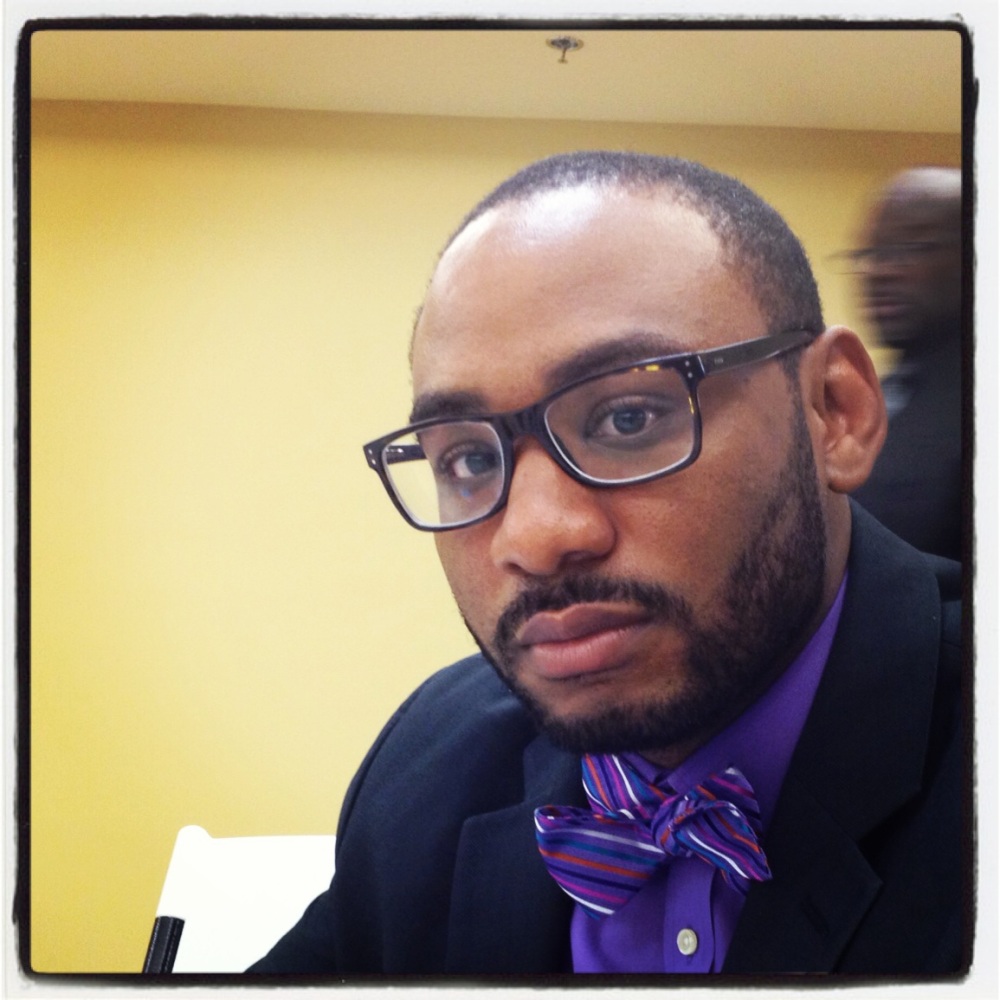
Dr. Elford Rawls-Dill is a life-long learner. Over the last 15 years, Dr. Rawls-Dill has devoted his life to teaching, mentoring, coaching, and leading both students and staff in the New Jersey private and public school sector. He has successfully led the charge to increase student achievement and social & emotional development at the school and district level as a school administrator. In addition, as a school principal and district administrator, he has worked to formalize curriculum, behavioral, and career development implementation protocols with a high level of fidelity for students in the K-12 school setting. During his school administrative tenure, he has successfully led student-centered educational reforms replete with rigorous academic standards, technology integration, and relevant 21st Century Career learning models designed to enhance the learning experiences for all students. In addition to curriculum design, Dr. Rawls-Dill has also led school and district-wide efforts to develop formative and summative assessment protocols designed to assess the written and taught curricula in the core content areas of language arts and mathematics. Finally, during his career journey as an educational leader, he has developed student mentorship programs designed to support at-risk students in their quest for college and career readiness. You can find out more at his website, elfordrawlsdill.com.
I can still remember reading the words penned by Paulo Freire, “…No one is born fully-formed: it is through self-experience in the world that we become what we are.” I first read these words during my sophomore year of college, when my life compared to now, could have been defined as simple. But even during my simpler years without a wife, children, and the responsibilities of family hood, I tussled with the idea of self-identity and the concept of understanding how the “little me” existed in the “big world”. I mean, haven’t we all wondered:
- “What’s my place in this world?”
- “How do I matter?”
- “How do others see me?”
As a husband, father, son, brother, teacher, and administrator, I have asked myself time and time again, “Who am I?” And it was through my lived experiences coupled with a critical self-reflection protocol that I began to truly understand myself, and how the world fit around me. It is this experience that I want for my children and the students and teachers I engage with each day.
Based on lived experiences germane to race, culture, and self-identity, my wife and I made the decision to raise our children, Laila and Little El, to be critically and culturally conscious. We thought it would be beneficial for each of them to possess the background knowledge, vocabulary, and analytical tools necessary to conceptualize the complex social norms they would encounter as children living in America. In fact, as a teacher, I utilized this same approach to construct curricula and instructional practices relevant to critical & culturally responsive pedagogical practices.
For parents and teachers, the thought of nurturing critically conscious children/students can be intimidating. Here in America, the concept of critical consciousness can be a complex structure for most adults. However, throughout my child rearing and teaching experiences, I have constructed a concise and age- appropriate method for providing teachers and children a framework to better understand the value of critical consciousness in the classroom & home settings. The framework is:
A.R.A.
- Awareness
- Reflective/Reflection
- Activism
This sequential A.R.A. Model provides a structured approach to engaging children in healthy dialogue germane to their own identity while also encouraging them to be self-reflective and active participants in their learning and development.
Awareness is the foundational element in the process of nurturing critically conscious children. During this stage self-identity and group identity is introduced to the child. Within the Awareness phase, children learn to embrace their unique attributes (social/emotional/physical/talents) while also learning to identify the distinctive attributes of their peers. It is important that parents/educators utilize a vast array of culturally responsive literature, arts, games, informational texts, current events, and other forms of appropriate media to engage children in discussions germane to their Awareness as it relates to their critical consciousness.
Reflection is the second element of A.R.A. Model. The Reflective process requires the parent/teacher to engage the child in a self-to-self discussion guided by a set of formalized questions. The basic questions for the Reflective process include:
- What do I feel/think about the ____________(concept from Awareness)?
- How does ________________(concept from Awareness) impact me?
- How might/can ______________(concept from Awareness) impact someone else?
- How can I relate/identify with __________________ (concept from Awareness)?
- If it were up to me I would change _____________________ (concept from Awareness).
- _____________________ (concept from Awareness) is not fair/equal/just because_________________.
- Are/Is ______________________(concept/character/person from Awareness) different or like me? If so, how so? If not, how not?
These prompts are designed to stem the self-to-self discussion as a meta-cognitive practice. After extensively going through such a process, the Reflective protocol will become more organic.
Activism is the final stage of the A.R.A. Model. It is during this stage that the parent/teacher asks the child what she/he can do to change, resolve, report, or chronicle an event or occurrence. During this critical stage of the framework, the child/student begins to exert her/his power and dialogue relevant to the topic/content. Since this portion of the model is designed to empower the child/student, it is important that the parent/teacher allow the child creative freedom. Thus, the teacher is not to “assign” a mode of student communication/publication.
The only guidelines for the Activism stage is that the child/student must:
- Select an audience/receiver of the communication/publication.
- Review and Discuss findings from the Awareness
- Summarize their Reflective
- Explain potential resolutions or practices that might improve a concept discovered during the Awareness/Reflective
In my next blog, I will provide an actual account of A.R.A. in action!